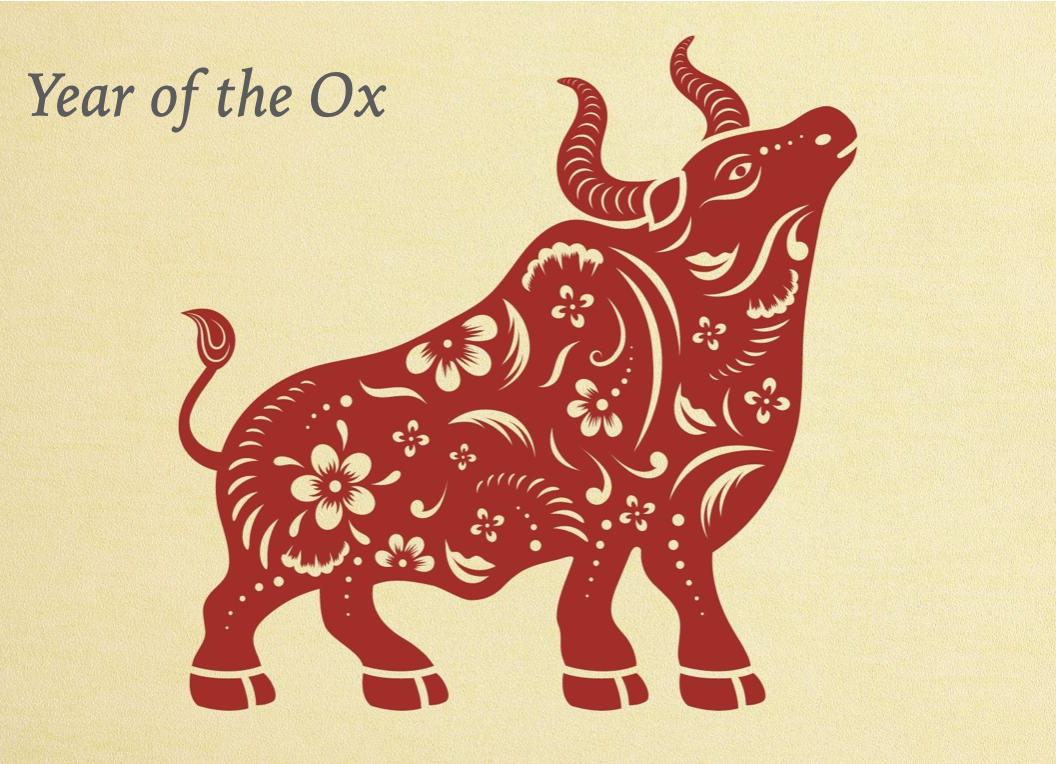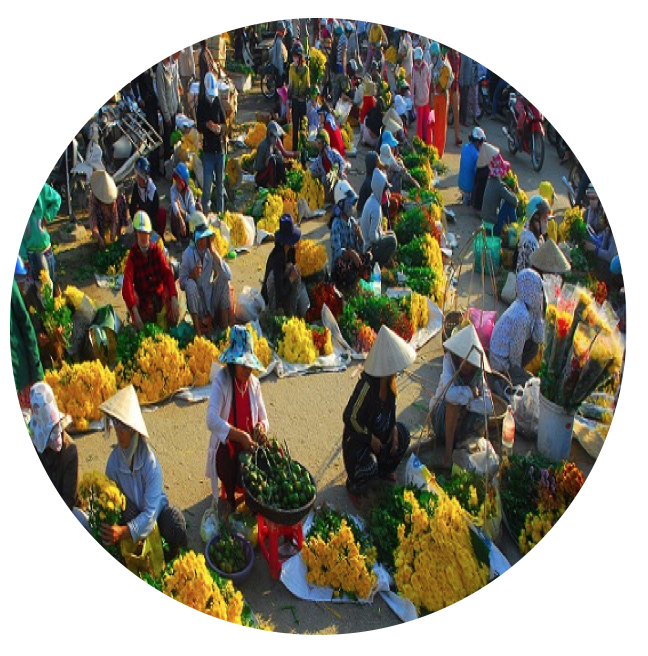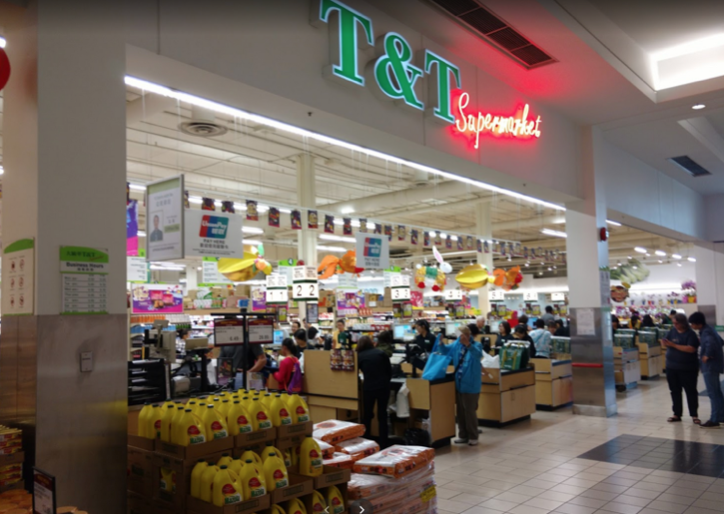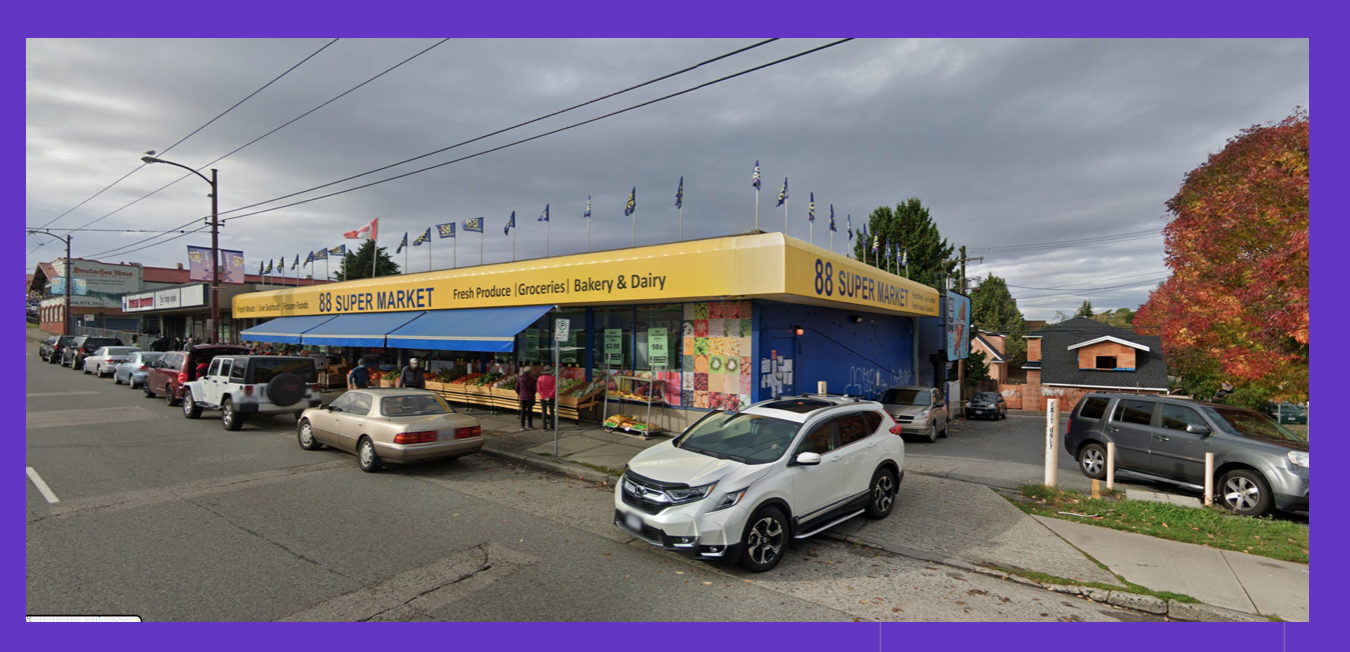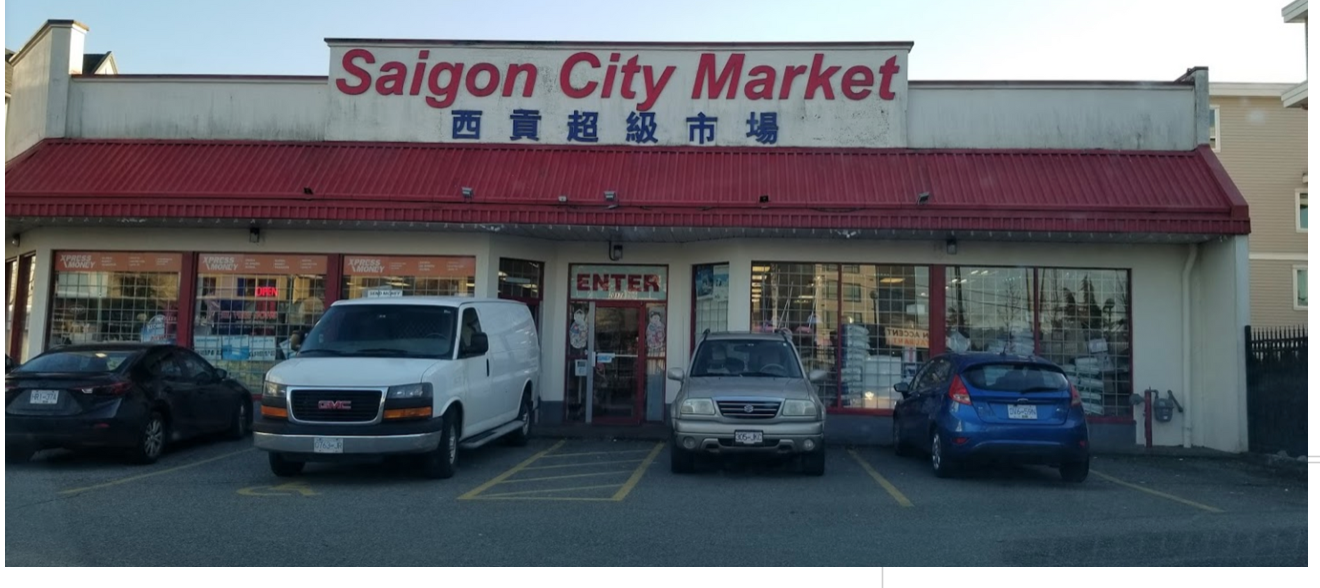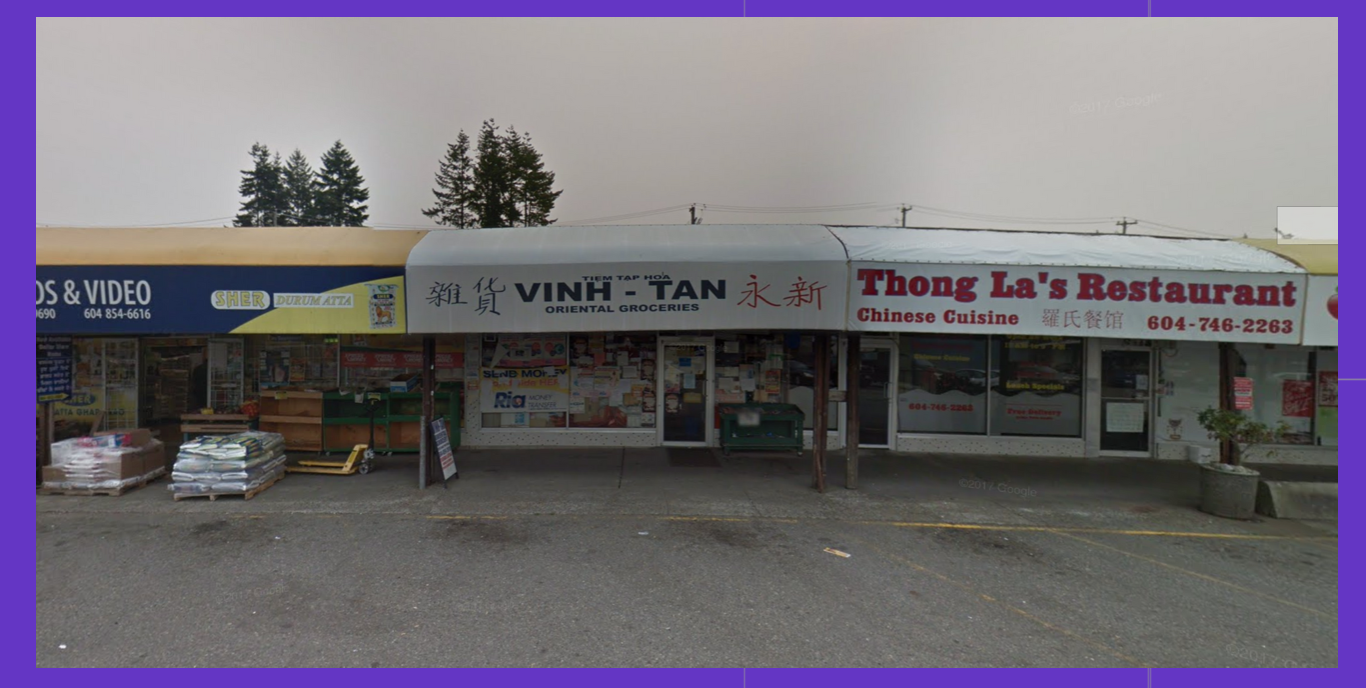Having just completed teaching our Professional Report Writing course, CMNS 251, I am reminded once again of ten common business writing practices that many of the learners in the course need to have reinforced several times throughout a semester before they seem to stick. These ten are not the entire list but let’s not get too heavy here, right?
Why are these things so difficult to remember? My guess is that it come from three understandable places – thus why we teach such a class:
- In our very first experiences with writing we learn to give lots of space between letters and sentences so that our rough attempts can more easily be read and corrected;
- The academic practice of double-spacing is also meant for “corrections” and publisher notes
- Workplace (aka business/technical) writing is about speed. No time to waste trying to figure out the “bottom line” as they say. A new concept for our post-secondary level writers.
Given the need for speed in the business world, the message has to be succinct, accurate for the audience, with high readability (ease of understanding the main message), and ultimately bring a positive result. With these principles in mind, these ten memes just might help us remember.
#1: Single (not double) spacing is the default
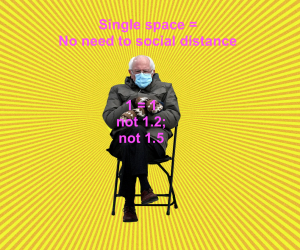
OK, no problem, but of course this does not stand alone. Single-spacing will take up less pages but it also has to come with shorter paragraphs to create what is called white space. White space (the parts of the page that do not contain text, make the text easier to read). Thanks to the computer age, single spacing also comes hand-in-hand with the use of left-alignment and no paragraph indent (replaced by a single line space to designate a new paragraph (ah more white space).
This leads us to #2: Succinct Section Headings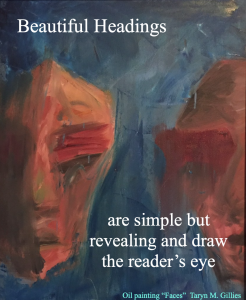
Remember speed as a principle? The reader needs to be able to “glance” through a memo, letter, or document and pick out important information. No time for flowery prose here – make headings obvious with very few words that say exactly the focus of a particular section. Bold is best. Making the heading stand out is good but don’t overdo it. Just use bold, not italic or underline and for goodness sake don’t use a combination (horrors).
Of course headings only really make sense if they are configured in line with #3 Follow a Logical Path. Make sure that one section leads to the next. It is fairly common for inexperienced writers to just put their thoughts down as they are thinking without ever trying to organize them ahead of time.
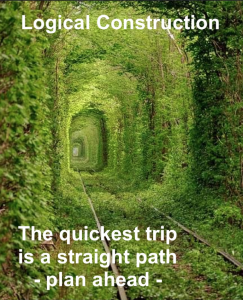 Maybe a meme about making an outline first would be handy. OK – next time. Organizing my thoughts was something I certainly had to be reminded to do even in graduate school and I continue to remind myself regularly when I write. That being said, even the most logical route will not be enough if we don’t give clear directions to the reader on what to expect next on the pathway.
Maybe a meme about making an outline first would be handy. OK – next time. Organizing my thoughts was something I certainly had to be reminded to do even in graduate school and I continue to remind myself regularly when I write. That being said, even the most logical route will not be enough if we don’t give clear directions to the reader on what to expect next on the pathway.
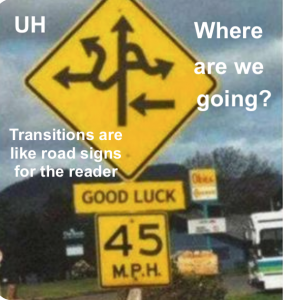 #4 Use Transitions as road signs. Almost every time I ask a class what they need for a good road trip, they say “snacks.” It takes us a while to get to “navigation tools” like maps and road signage. Those are just things we expect to be there but NO, somebody had to design them at some time and they did it for good reason.
#4 Use Transitions as road signs. Almost every time I ask a class what they need for a good road trip, they say “snacks.” It takes us a while to get to “navigation tools” like maps and road signage. Those are just things we expect to be there but NO, somebody had to design them at some time and they did it for good reason.
It is pretty easy to find resources on line that offer hundreds of suggestions for writing a variety of types of transitions. These remind the reader where they have been, where they are headed next, how far they still need to go, and where they will end up.
# 5 Use Plain Language unless your audience is well-versed in a particular workplace jargon (specialized technical language). Using plain language is a not about dumbing down information, it is about making sure the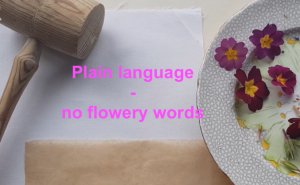 message is clear for a broad audience. Along with the inherently multi-lingual nature of North America, Canada is fortunate in having a culturally diverse settler/immigrant and refugee population that offer a rich global experience and bring hundreds of languages into daily life. For many people English may be not only a second language but probably a fourth or fifth language at the least. Using plain language helps everyone have a better communication experience whether in speaking or writing.
message is clear for a broad audience. Along with the inherently multi-lingual nature of North America, Canada is fortunate in having a culturally diverse settler/immigrant and refugee population that offer a rich global experience and bring hundreds of languages into daily life. For many people English may be not only a second language but probably a fourth or fifth language at the least. Using plain language helps everyone have a better communication experience whether in speaking or writing.
#6 Use Past Tense in most cases when writing reports. 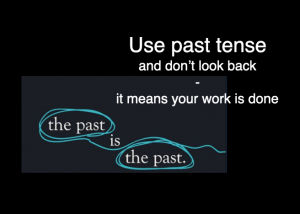
Why? because by the time your audience is reading the report is finished, therefore in the past. The most common bad (but natural) habit is to use a progressing/continuous future tense (i.e. you will read about an analysis of…). Present tense is also common (I am writing about…). Past tense is more accurate “For this report I analyzed..”
#7 Know your audience and your purpose.
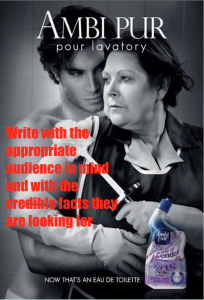 This one really should be #1 but hey, we usually get there without as much trouble as 1-6 above. Those seem so simple but turn out not to be.
This one really should be #1 but hey, we usually get there without as much trouble as 1-6 above. Those seem so simple but turn out not to be.
Identifying your audience takes time and thought. Audience demographics (location, age, gender, cultural background) are a great place to start but do not stop there. Ask yourself some more questions: Who cares? How do they want to get the information? What will they expect to from a particular time of document or mode of message transmission?
Know your purpose before designing your message.Why do you think this message is important to get out? What is it about this information that would get the attention of the audience you have identified? What do you want the audience to do in response to what you are writing?
Match your answers to these types of questions with the audience you have identified to double-check that you have a clear picture of what your message will be. Develop a short statement about your purpose to include in the introduction. This will help the reader but it will also have the bonus effect of keeping you on track.
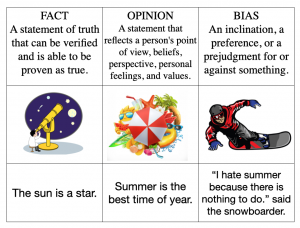
#8 Know and honour the difference between a fact, an opinion, and your bias. Reports are no place for opinion. Even your conclusions should be based in the facts you present. Provide a source for everything you present as a “claim of fact;” and do your best to ensure that you acknowledge and account for bias (something we all have but often need to be more aware of).
I know that citing facts are the bane of all student existence but I promise that after a while it is the funnest part (my opinion lol). In the Communications department we most often use APA citation style because that is what academic journals in our discipline most often require. Plus the APA Style Blog is always a handy resource for all the cases that occur from rapid changes in digital information sources. In business writing it is more common to see something like Chicago (note and bibliography style) which demonstrates conventions similar to those used for Wikipedia style. It is more digital friendly for social media as well.
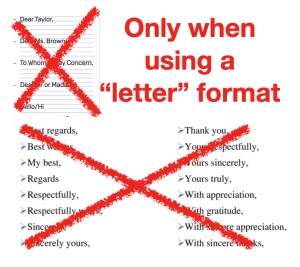 #9 Reports do not use salutary openings and complimentary closes. This one seems a bit picky but it will help you to identify the type of document that is best for your purpose. Is your audience just one individual? or written in a personal tone? You probably want to use a letter format (seems old-fashioned these days but still relevant in many circumstances). If so, please DO use salutary openings and complimentary closes.
#9 Reports do not use salutary openings and complimentary closes. This one seems a bit picky but it will help you to identify the type of document that is best for your purpose. Is your audience just one individual? or written in a personal tone? You probably want to use a letter format (seems old-fashioned these days but still relevant in many circumstances). If so, please DO use salutary openings and complimentary closes.
Otherwise, remember that in professional/business/technical writing, speed it the thing. Greetings and closings slow both you and the reader down.
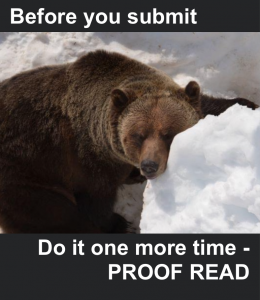 Tip #10 seems so, so obvious but one more time won’t hurt – PROOF READ before you send. If you have the time and resources, have someone else also proof your writing as a set of fresh eyes. Another trick is to have your device read out what you have written. This is a great way to listen for moments when you think “that doesn’t make sense” or “wow, where did that come from.”
Tip #10 seems so, so obvious but one more time won’t hurt – PROOF READ before you send. If you have the time and resources, have someone else also proof your writing as a set of fresh eyes. Another trick is to have your device read out what you have written. This is a great way to listen for moments when you think “that doesn’t make sense” or “wow, where did that come from.”
Thank you for your time and now I need to go back and proofread one more time. Please let me know if I missed anything 🙂 Happy report writing to all.
A special Thank You to “Boo” the grizzly who lives and works at Kicking Horse Mountain Resort in the Dogtooth Range of the Purcell Mountains, Columbia Valley, Golden, British Columbia.
Also to Terry Curts for the meme ideas and image search
Additional resources:
https://business-essay.com/blog/business-report-how-to-structure-and-write-it/
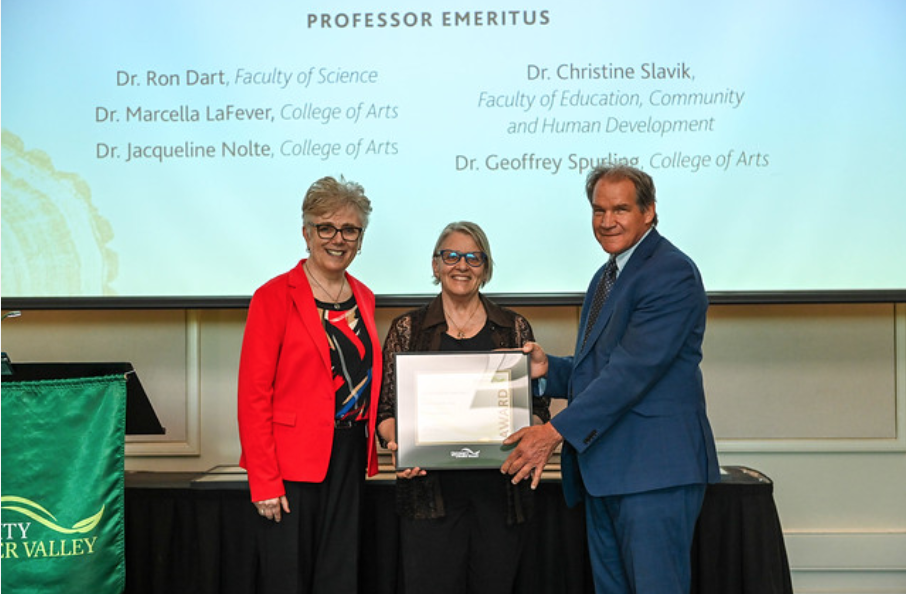 The UFV School of Communication was proud to put forward the name of retired member Dr. Marcella LaFever for being awarded Emeritus Status in recognition of her dedicated service to the department. She was in the company of some amazing people at the Recognition Dinner on May 14th.
The UFV School of Communication was proud to put forward the name of retired member Dr. Marcella LaFever for being awarded Emeritus Status in recognition of her dedicated service to the department. She was in the company of some amazing people at the Recognition Dinner on May 14th.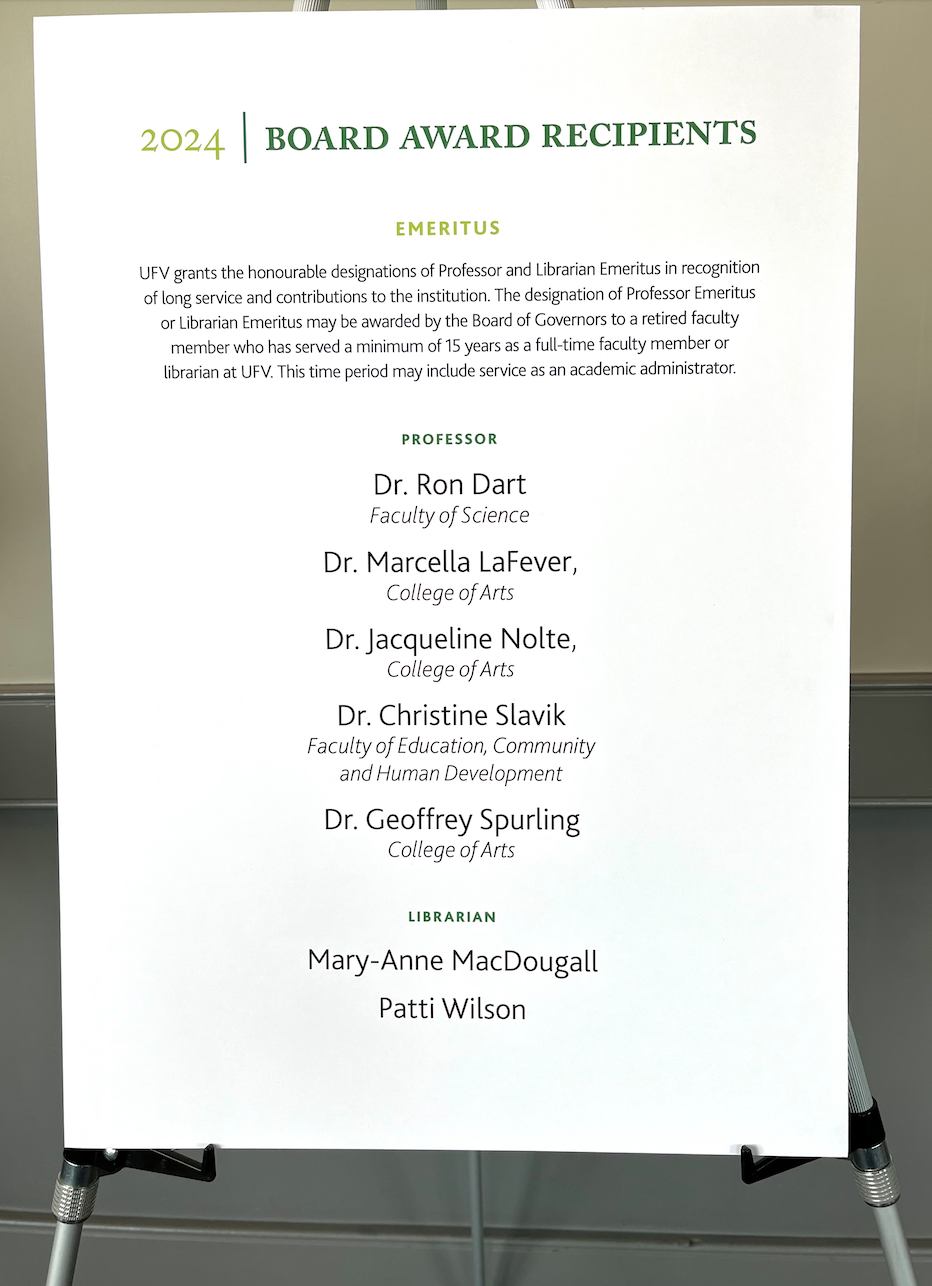 In addition to being able to offer her expertise in the areas of intercultural communication, small group process, and public dialogue, Dr. LaFever also works to support the active realization of the concepts of “belonging, inclusion, diversity and equity” such as in projects related to Indigenization and reconciliation.
In addition to being able to offer her expertise in the areas of intercultural communication, small group process, and public dialogue, Dr. LaFever also works to support the active realization of the concepts of “belonging, inclusion, diversity and equity” such as in projects related to Indigenization and reconciliation.
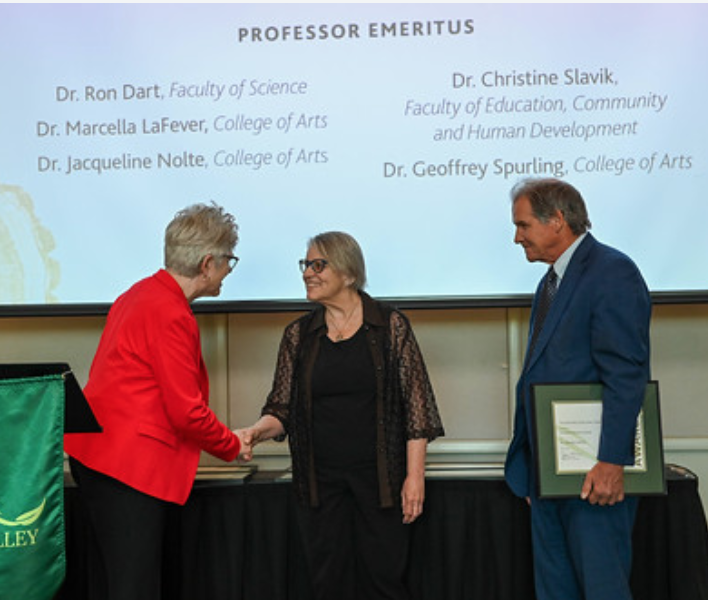
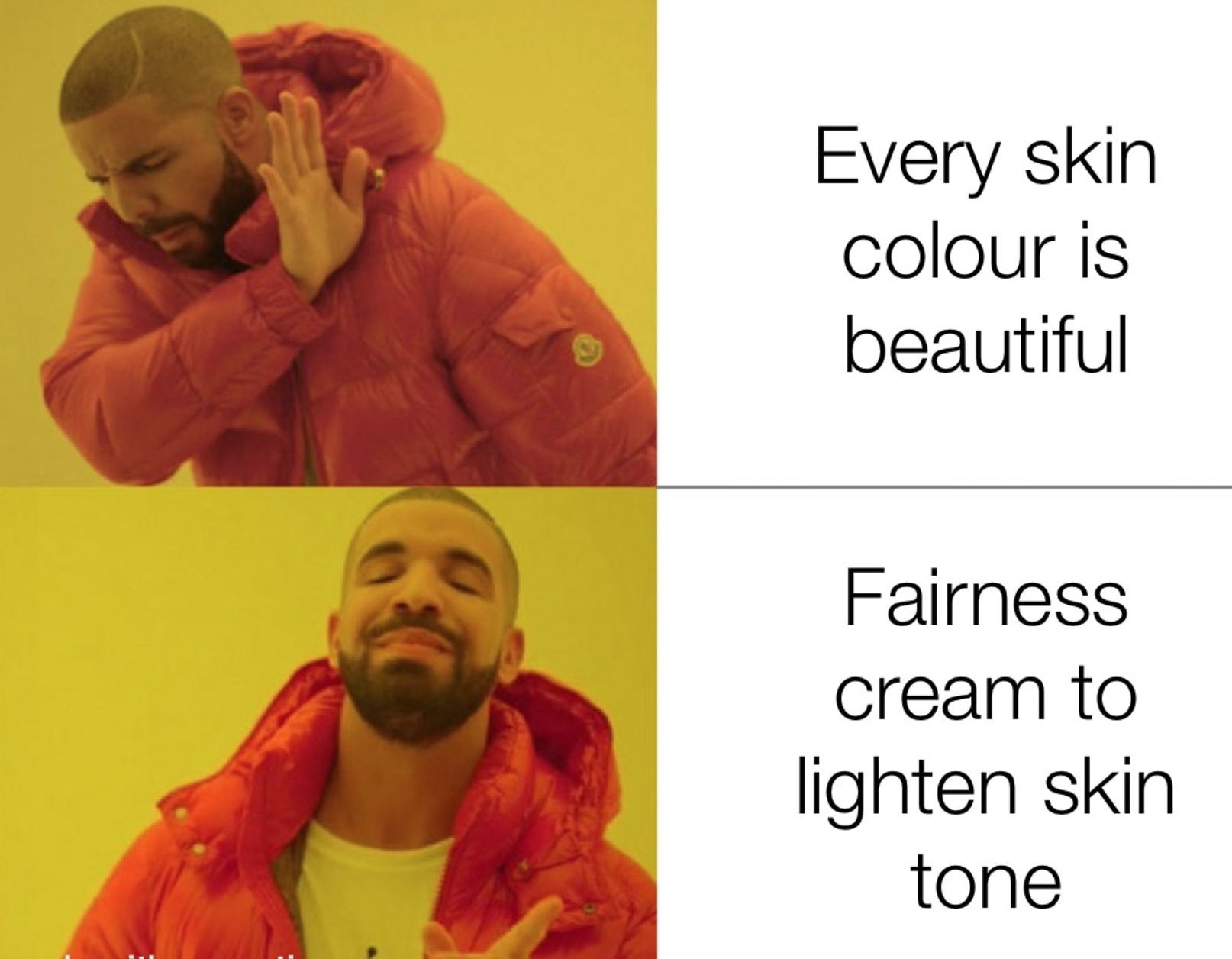
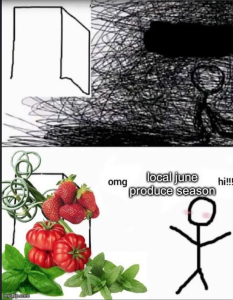 A submission by student Emili Kaplin takes on the topic living in the Fraser Valley, its agricultural focus and localized climates. She says of the “local june produce season” meme, the “People that live in climates that are always hot or always cold can not relate to local June produce season. Certain areas of the world can also not relate to the winter depression that one feels in a very rainy climate, when you don’t get much sun and therefore vitamin D. Also, it’s originally derived from the ‘
A submission by student Emili Kaplin takes on the topic living in the Fraser Valley, its agricultural focus and localized climates. She says of the “local june produce season” meme, the “People that live in climates that are always hot or always cold can not relate to local June produce season. Certain areas of the world can also not relate to the winter depression that one feels in a very rainy climate, when you don’t get much sun and therefore vitamin D. Also, it’s originally derived from the ‘ On the other hand, Tom Wilson says of the cooking “starter pack” meme, that people of cultures around the world can totally get it. He states “I’ve often walked into kitchens and said this exact thing, dreaming of some elaborate, potential meal, only to realize that the cook is simply browning onions and garlic. It has also become something of an inside joke between my friends and I. So I hope you all enjoy! This meme might be hard to interpret for people unfamiliar with the “starter pack” meme format, which attempts to boil down the essence of a particular subculture, celebrity, or individual into a series of related images. It would also be difficult to parse for anyone who isn’t familiar with garlic or onions or has never had this experience. (An aside: is there any cusine that doesn’t use onions or garlic?). Of course, the fact that it’s in English might also be a barrier to understanding the meaning of the meme.”
On the other hand, Tom Wilson says of the cooking “starter pack” meme, that people of cultures around the world can totally get it. He states “I’ve often walked into kitchens and said this exact thing, dreaming of some elaborate, potential meal, only to realize that the cook is simply browning onions and garlic. It has also become something of an inside joke between my friends and I. So I hope you all enjoy! This meme might be hard to interpret for people unfamiliar with the “starter pack” meme format, which attempts to boil down the essence of a particular subculture, celebrity, or individual into a series of related images. It would also be difficult to parse for anyone who isn’t familiar with garlic or onions or has never had this experience. (An aside: is there any cusine that doesn’t use onions or garlic?). Of course, the fact that it’s in English might also be a barrier to understanding the meaning of the meme.”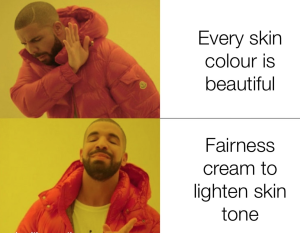 “I have used this meme because I feel like this meme applies everywhere around the world”, submits student Sandy Sidhu. He goes on to explain, “This meme represents how even though everyone tells you to love your skin tone. But still there are some ads that tell us white skin is superior; that every country has been under the influence” and goes on to explain that even his home country India give more importance to white skin superiority and there are so many companies which give promises to get a fair white skin in a short time period. “This is a issue which could hurt someone mentally and make them uncomfortable with their own skin.”
“I have used this meme because I feel like this meme applies everywhere around the world”, submits student Sandy Sidhu. He goes on to explain, “This meme represents how even though everyone tells you to love your skin tone. But still there are some ads that tell us white skin is superior; that every country has been under the influence” and goes on to explain that even his home country India give more importance to white skin superiority and there are so many companies which give promises to get a fair white skin in a short time period. “This is a issue which could hurt someone mentally and make them uncomfortable with their own skin.”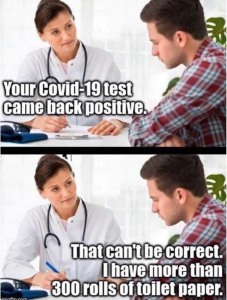 The Covid pandemic is certainly of global concern and Jimmy Brar says this meme that plays on the toilet paper hoarding phenomenon expresses more about our attitude towards life than about the actual pandemic. He says “you can have all the money in the world but you won’t be as happy as those who make just enough to enjoy life. Having too much money just messes with your mind and makes you think you are happy but in reality, you’re the sad one because if you get cocky all your relatives start to avoid you and leave you out of the group.” This is probably something that people globally can identify with even if toilet paper hoarding might not have been.
The Covid pandemic is certainly of global concern and Jimmy Brar says this meme that plays on the toilet paper hoarding phenomenon expresses more about our attitude towards life than about the actual pandemic. He says “you can have all the money in the world but you won’t be as happy as those who make just enough to enjoy life. Having too much money just messes with your mind and makes you think you are happy but in reality, you’re the sad one because if you get cocky all your relatives start to avoid you and leave you out of the group.” This is probably something that people globally can identify with even if toilet paper hoarding might not have been.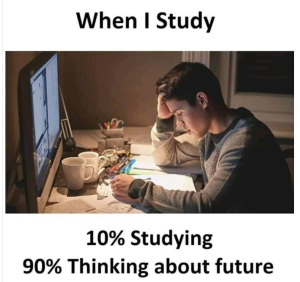 studying vs. thinking about your future. [Sarah] notes that she chose the meme for this very reason – “because it relates to most if not all students around the world including myself. I feel like I am spending most of my time thinking about both short and long term future instead of focusing on the moment 🙂 especially at this time of the semester when it is about to end. It relates to how we overthink rather than work hard to earn good marks which might lead to bad consequences. Don’t do it :)” While the image may not represent everyone’s reality of studying, she feels the inner feelings are global and crosses over lines of culture.
studying vs. thinking about your future. [Sarah] notes that she chose the meme for this very reason – “because it relates to most if not all students around the world including myself. I feel like I am spending most of my time thinking about both short and long term future instead of focusing on the moment 🙂 especially at this time of the semester when it is about to end. It relates to how we overthink rather than work hard to earn good marks which might lead to bad consequences. Don’t do it :)” While the image may not represent everyone’s reality of studying, she feels the inner feelings are global and crosses over lines of culture.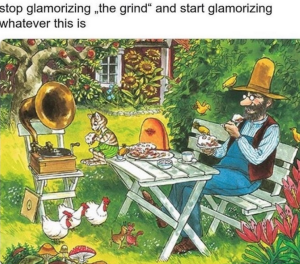 ” She goes on to explain that, “My friends and I are all in university or have recently joined the workforce. We all find ourselves pretty burnt out and overworked at times and this meme really resonates with us. It relates to how we would like to be living our lives (relaxing & being together in nature) but cannot, due to the expectations of society.
” She goes on to explain that, “My friends and I are all in university or have recently joined the workforce. We all find ourselves pretty burnt out and overworked at times and this meme really resonates with us. It relates to how we would like to be living our lives (relaxing & being together in nature) but cannot, due to the expectations of society.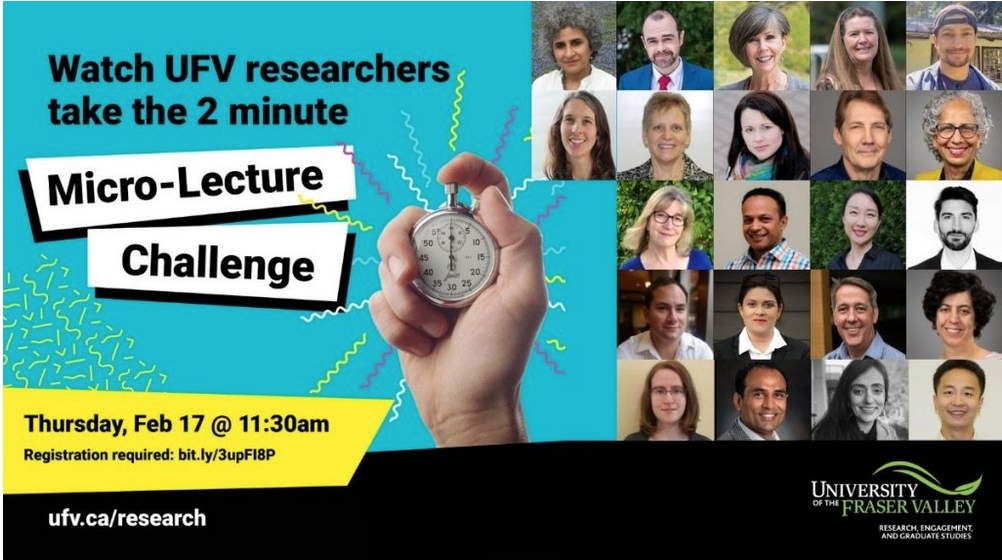
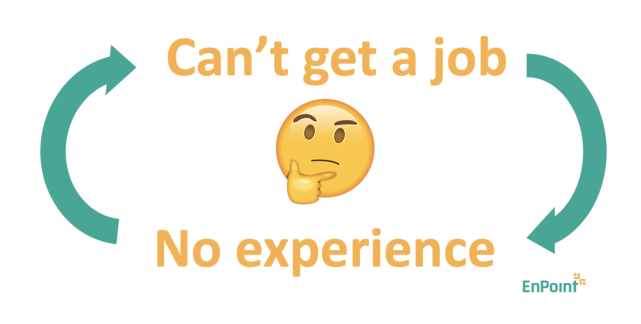
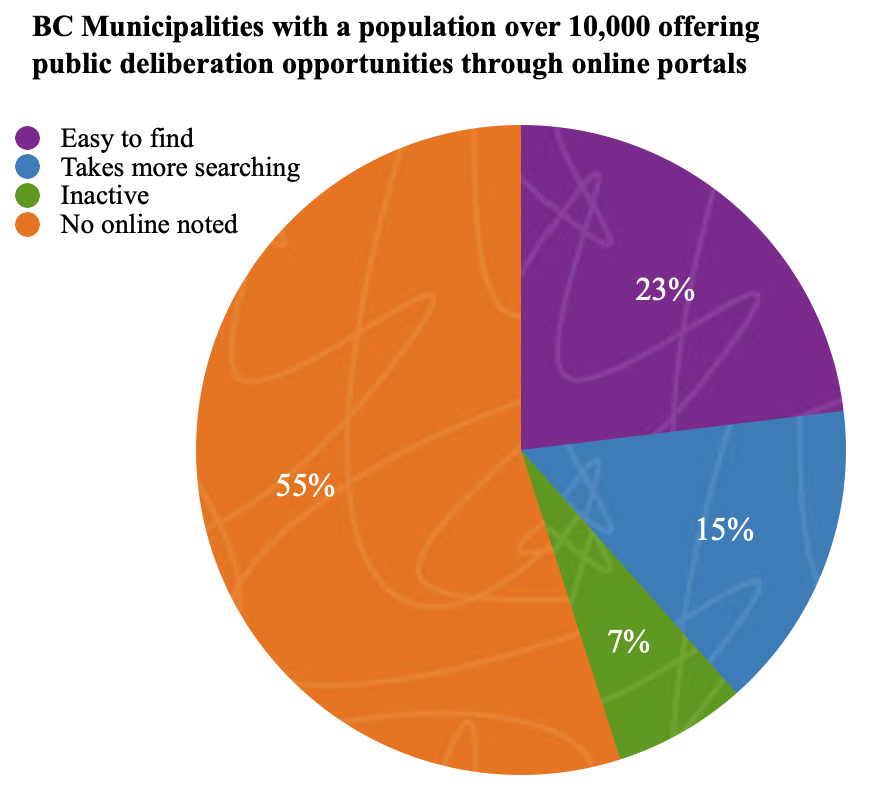
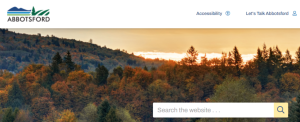 Research by Knobloch, Gastil, Reedy, and Walsh (2013) define success in participatory processes as including
Research by Knobloch, Gastil, Reedy, and Walsh (2013) define success in participatory processes as including 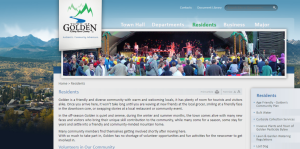
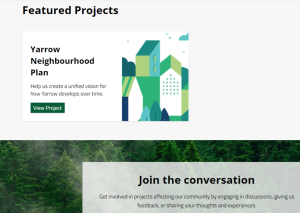 Next was finding the data necessary and creating the criteria based on analysis. Using a spreadsheet, links to websites were used; both home pages and any engagement sites had dedicated spaces. At the same time, screenshots were used to emphasize further and provide proof of any possible engagement. The criteria are based on the opportunities given and how easy it is to find those same opportunities. It was noted that while some have an abundance of engagement projects, it was sometimes difficult to find them due to the website layout.
Next was finding the data necessary and creating the criteria based on analysis. Using a spreadsheet, links to websites were used; both home pages and any engagement sites had dedicated spaces. At the same time, screenshots were used to emphasize further and provide proof of any possible engagement. The criteria are based on the opportunities given and how easy it is to find those same opportunities. It was noted that while some have an abundance of engagement projects, it was sometimes difficult to find them due to the website layout. 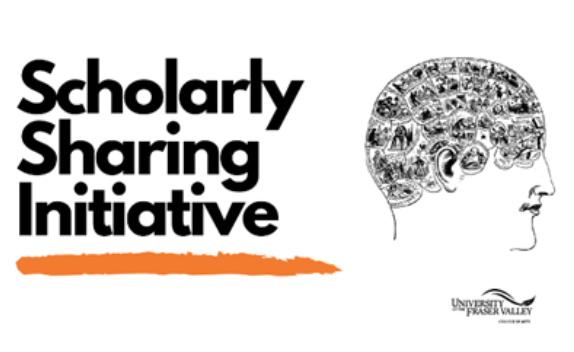


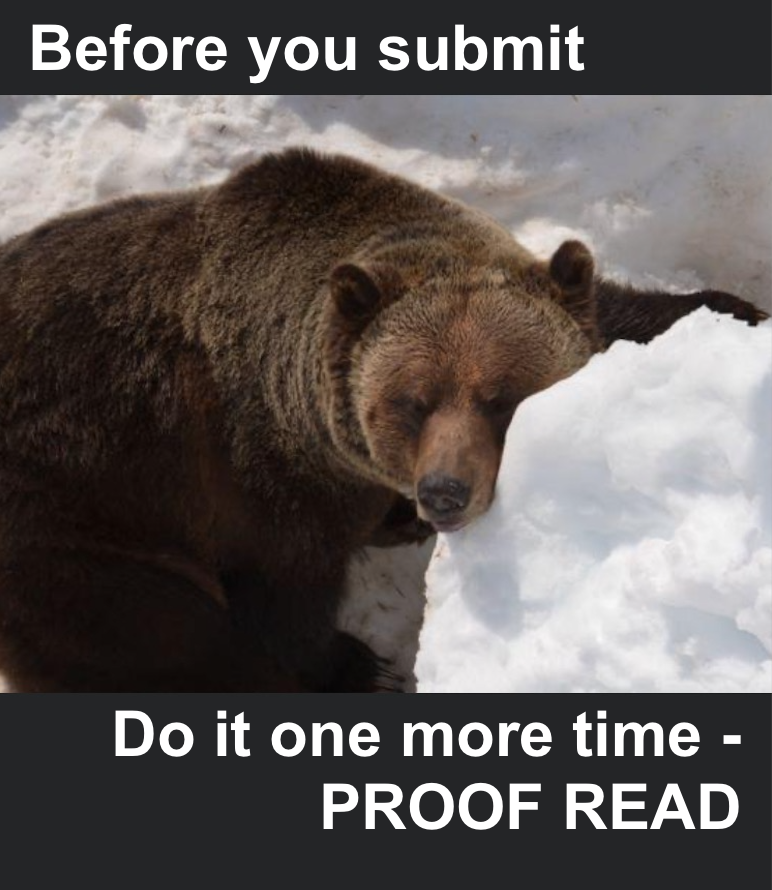


 Maybe a meme about
Maybe a meme about  #4 Use Transitions as road signs. Almost every time I ask a class what they need for a good road trip, they say “snacks.” It takes us a while to get to “navigation tools” like
#4 Use Transitions as road signs. Almost every time I ask a class what they need for a good road trip, they say “snacks.” It takes us a while to get to “navigation tools” like  message is clear for a broad audience. Along with the inherently multi-lingual nature of North America, Canada is fortunate in having a culturally diverse settler/immigrant and refugee population that offer a rich global experience and bring hundreds of languages into daily life. For many people English may be not only a second language but probably a fourth or fifth language at the least. Using plain language helps everyone have a better communication experience whether in speaking or writing.
message is clear for a broad audience. Along with the inherently multi-lingual nature of North America, Canada is fortunate in having a culturally diverse settler/immigrant and refugee population that offer a rich global experience and bring hundreds of languages into daily life. For many people English may be not only a second language but probably a fourth or fifth language at the least. Using plain language helps everyone have a better communication experience whether in speaking or writing.
 This one really should be #1 but hey, we usually get there without as much trouble as 1-6 above. Those seem so simple but turn out not to be.
This one really should be #1 but hey, we usually get there without as much trouble as 1-6 above. Those seem so simple but turn out not to be.
 #9 Reports do not use salutary openings and complimentary closes. This one seems a bit picky but it will help you to identify the type of document that is best for your purpose. Is your audience just one individual? or written in a personal tone? You probably want to use a letter format (seems old-fashioned these days but still relevant in many circumstances). If so, please DO use
#9 Reports do not use salutary openings and complimentary closes. This one seems a bit picky but it will help you to identify the type of document that is best for your purpose. Is your audience just one individual? or written in a personal tone? You probably want to use a letter format (seems old-fashioned these days but still relevant in many circumstances). If so, please DO use  Tip #10 seems so, so obvious but one more time won’t hurt – PROOF READ before you send. If you have the time and resources, have someone else also proof your writing as a set of fresh eyes. Another trick is to have your device read out what you have written. This is a great way to listen for moments when you think “that doesn’t make sense” or “wow, where did that come from.”
Tip #10 seems so, so obvious but one more time won’t hurt – PROOF READ before you send. If you have the time and resources, have someone else also proof your writing as a set of fresh eyes. Another trick is to have your device read out what you have written. This is a great way to listen for moments when you think “that doesn’t make sense” or “wow, where did that come from.”
